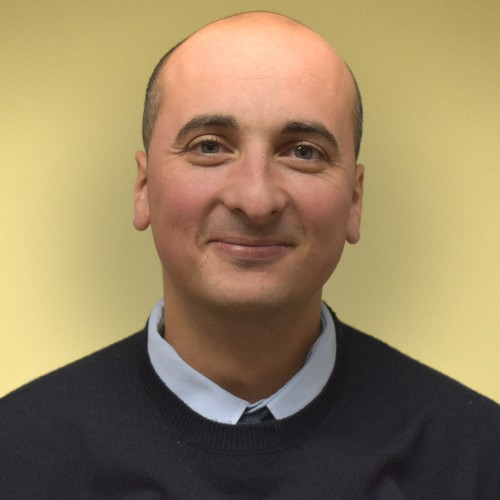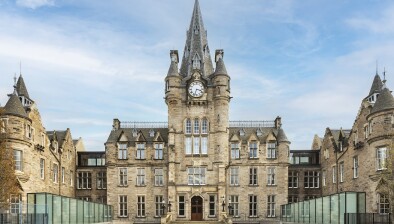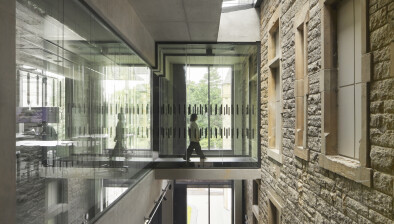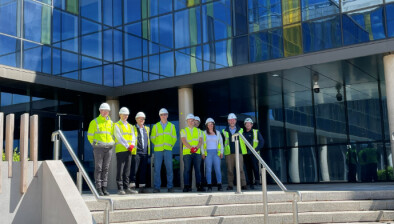Restoring the Edinburgh Futures Institute: A historic revival with a sustainable vision
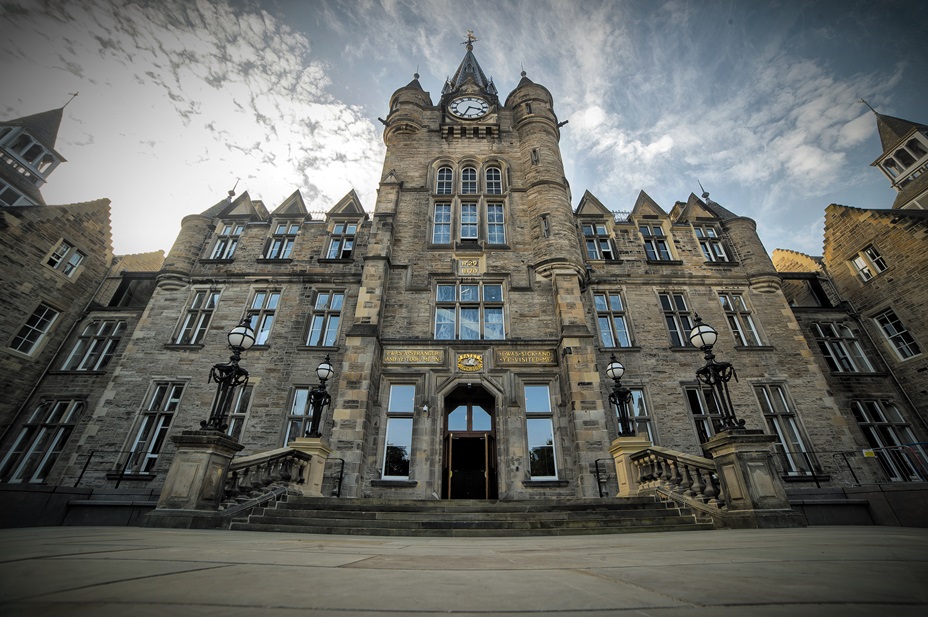
The newly restored Edinburgh Futures Institute (EFI) has transformed Edinburgh’s historic Quartermile site, once the Royal Infirmary, into a modern landmark blending history, innovation, and sustainability.
Working with a project design team led by AtkinsRéalis, including architects Bennetts Associates and construction partner Balfour Beatty, the University’s redevelopment not only preserves a Grade-A listed building but also exemplifies how historic architecture can be adapted for contemporary needs while maintaining environmental responsibility.
SCN editor Kieran Findlay spoke with key project figures, including project director Archie Burns and environment & sustainability manager Angela Pllu from Balfour Beatty, for insight into the challenges and innovations of this impressive project.
Overcoming structural challenges with modern techniques
The 145-year-old former infirmary presented formidable structural challenges, from bulging walls to deteriorating flagstones. Archie Burns noted a complex issue with a spine wall spanning the length of the building, which had been gradually pushed outward over decades. To address this, the team implemented a high-tech monitoring system that alerted workers to any movement, allowing them to halt work and re-evaluate as needed.
According to Archie: “Any movement would trigger alarms, and we would all step out to assess and reset before continuing, ensuring the work was done safely and meticulously.”
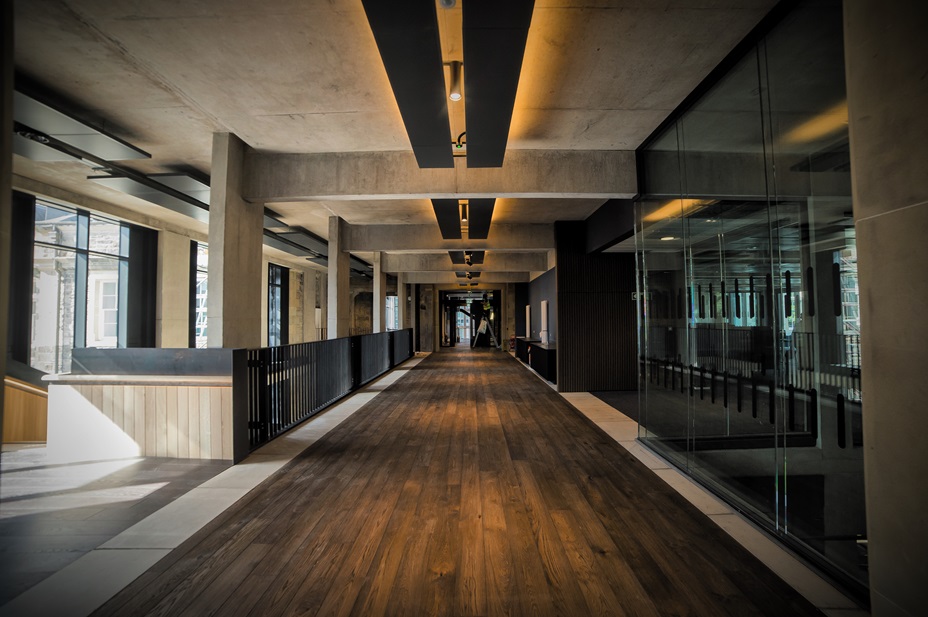
The project also encountered unusual structural issues, like rot beneath heavy flagstones, which were made trickier by the presence of arches below. Archie’s team had to stabilise each brick with spiral reinforcement and carefully position the flagstones to avoid overloading the arches.
Another intriguing discovery was the presence of human and animal bones beneath floorboards near the main entrance. Archaeologists were called in to assess the remains, uncovering a hidden historical layer to the building.
Archie credited modern scanning technology with transforming the restoration process. 3D modelling and scanning technology allowed the architects to fit systems into the building’s tight, irregular spaces, including the unique vent towers. Scanning also helped avoid costly trial and error, providing accurate measurements for intricate sections, from turrets to service installations.
The project’s crowning architectural features included spiral staircases carefully craned into position and vibrant glass boxes housing event spaces. These modern additions, in juxtaposition with the old stone and timber architecture, embody EFI’s ethos of merging past and future.
Sustainable choices in historic restoration
Sustainability was a cornerstone of the EFI project. Angela Pllu explained that achieving the University of Edinburgh’s sustainability goals required a focus on reducing embodied carbon, or the carbon footprint tied to the building’s construction materials.
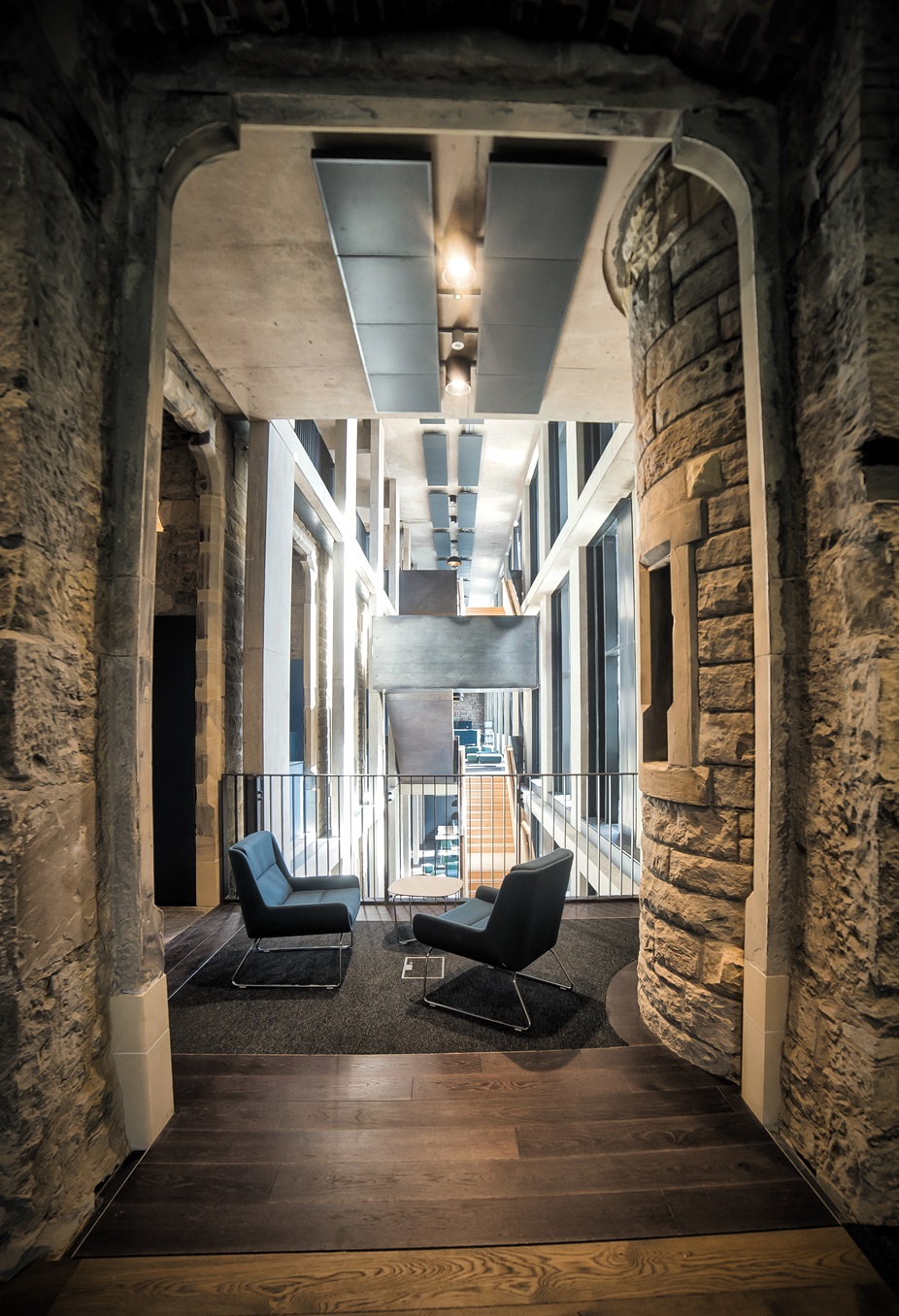
Balfour Beatty chose to retain as much of the original structure as possible, lowering the embodied carbon by 40% compared to building anew. “Even with extensive reworking,” Angela noted, “the project has a smaller carbon footprint than it would if the building were rebuilt entirely. Retaining the building’s structure supports our long-term sustainability objectives.”
The team drew on its expertise from working on other refurbishment projects including Peter Pan Moat Brae and the Learning & Teaching facility at the University of Strathclyde to inform some of the decision-making. An example of this was being able to convince Bennetts Associates that MDF, and not white wood, should be used for the skirting to prevent warping.
Archie explained: “We understood the Grade-A listed buildings and what was involved and we have them refurbished and keep everything as much as we could.
“Early on from Peter Pan Moat Brae, the joiners were really concerned about the height of the skirtings and the thickness of the timber and it warping. When you’ve got a fairly high skirting that’s only 12, 15mm thick, it tends to warp. If you use MDF, a man-made fibre, it will not warp. So we’ve done that here, we’ve convinced them that this is the way to do it and we’ve not done any issues.”
This enthusiasm was extended to everyone involved in the project.
“I’ve been doing this for 35 years so I like a challenge,” Archie revealed. “To be fair, on this job it has been challenging. All the staff and all the subcontractors, although it’s difficult because it’s high ceilings, they like being here, they like working on it.
“It was quite challenging for them. The shape of the buildings, these vent towers, they look lovely. You see that’s inside there, working in tight spaces, it’s not an easy thing. But it’s great once it’s finished and you see the finished product. There’s a good buzz about their job and we’re delighted to be here working on it.”
Angela also highlighted the collaborative process with Historic Environment Scotland (HES), which provided crucial guidance to preserve original materials and implement new elements in a way that’s visually distinct but harmonious with the original design.
“It’s about respecting the heritage,” she said. “When new elements are added, they’re purposefully distinguishable from the historic materials to maintain the story of the building.”
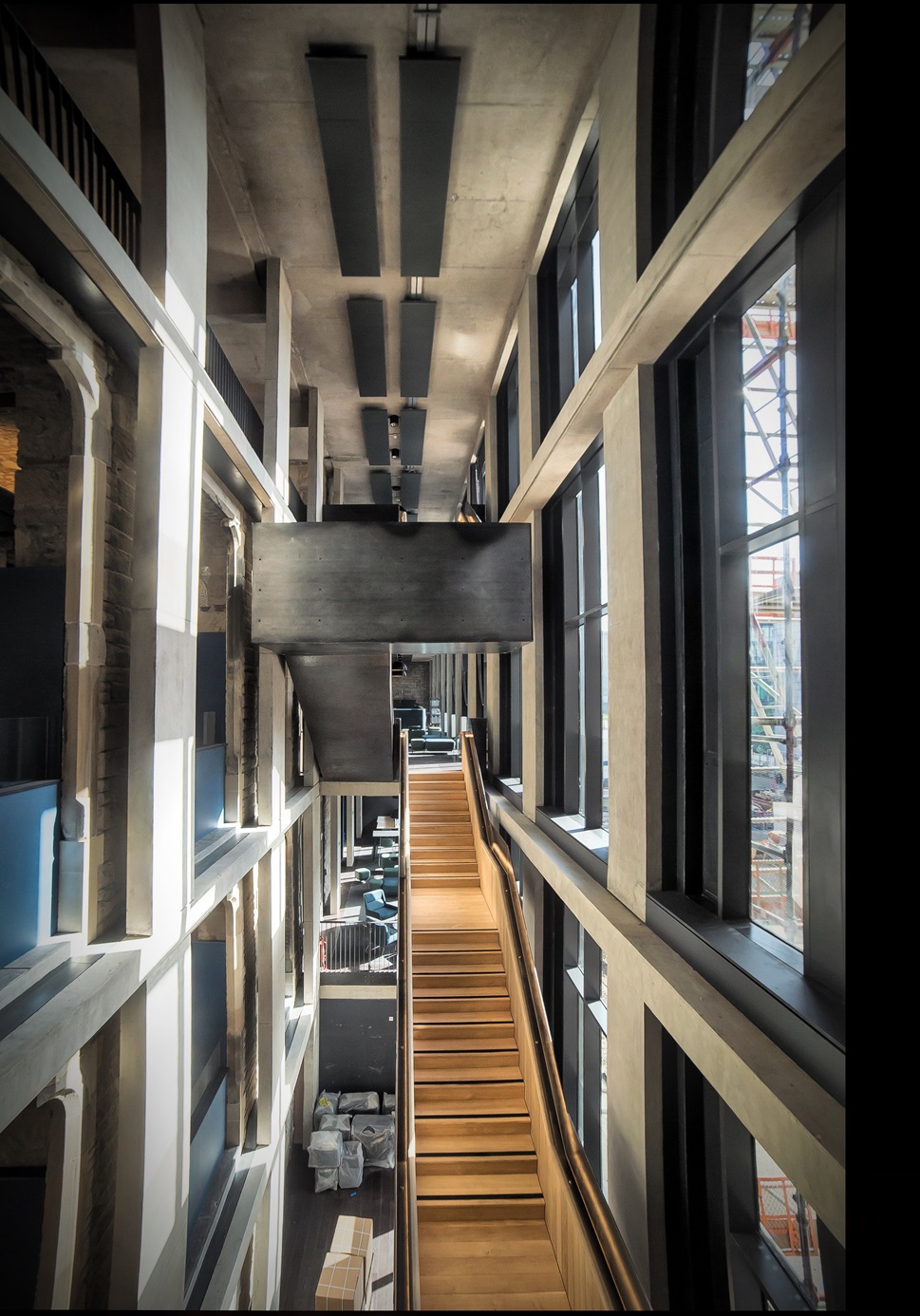
Student involvement and real-world learning
The EFI project included opportunities for University of Edinburgh students to observe and participate in real-world architectural restoration. This practical experience allowed students to gain insights into complex historic renovations, sustainability in construction, and the challenges of balancing preservation with modern functionality.
The University and Balfour Beatty also partnered on a social impact initiative, the Ukrainian Reconstruction Academy, offering Ukrainian refugees training and work placements within the project. Many refugees came with skills from the construction industry, and this initiative gave them valuable experience within a UK context.
The new Edinburgh Futures Institute is designed to be more than just a research and learning hub; it’s also a space for community and public engagement. Events spaces and a public square invite the Edinburgh community to connect with the University in fresh ways, while serving as a permanent home for the Edinburgh International Book Festival.
Reflecting on the project’s impact, Professor Sir Peter Mathieson, principal of the University of Edinburgh, noted that this restoration embodies the commitment to both heritage and innovation. “By merging the past with the future,” he said. “We’ve created a new landmark for Edinburgh, one that invites the community to collaborate on addressing some of today’s most pressing challenges.”







